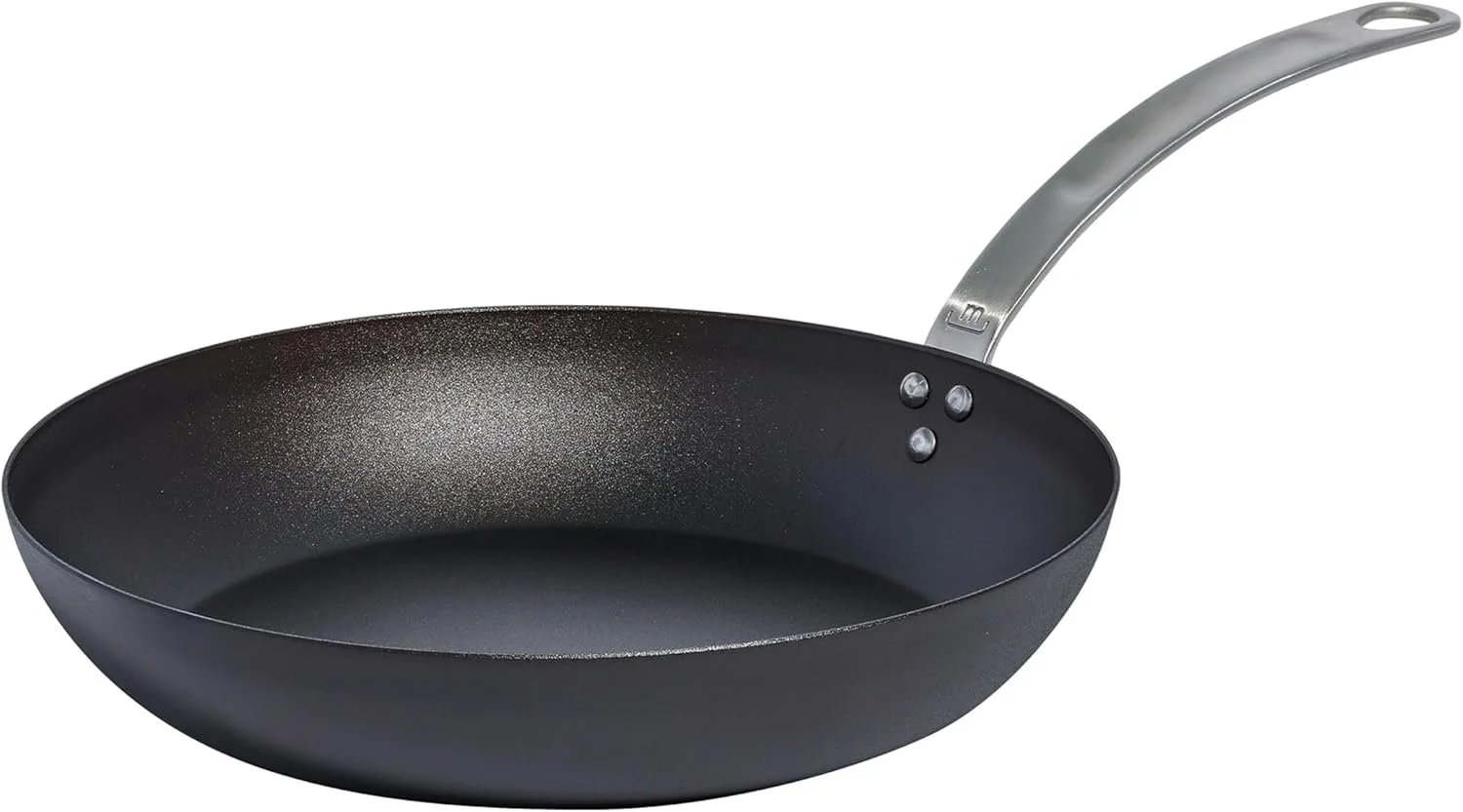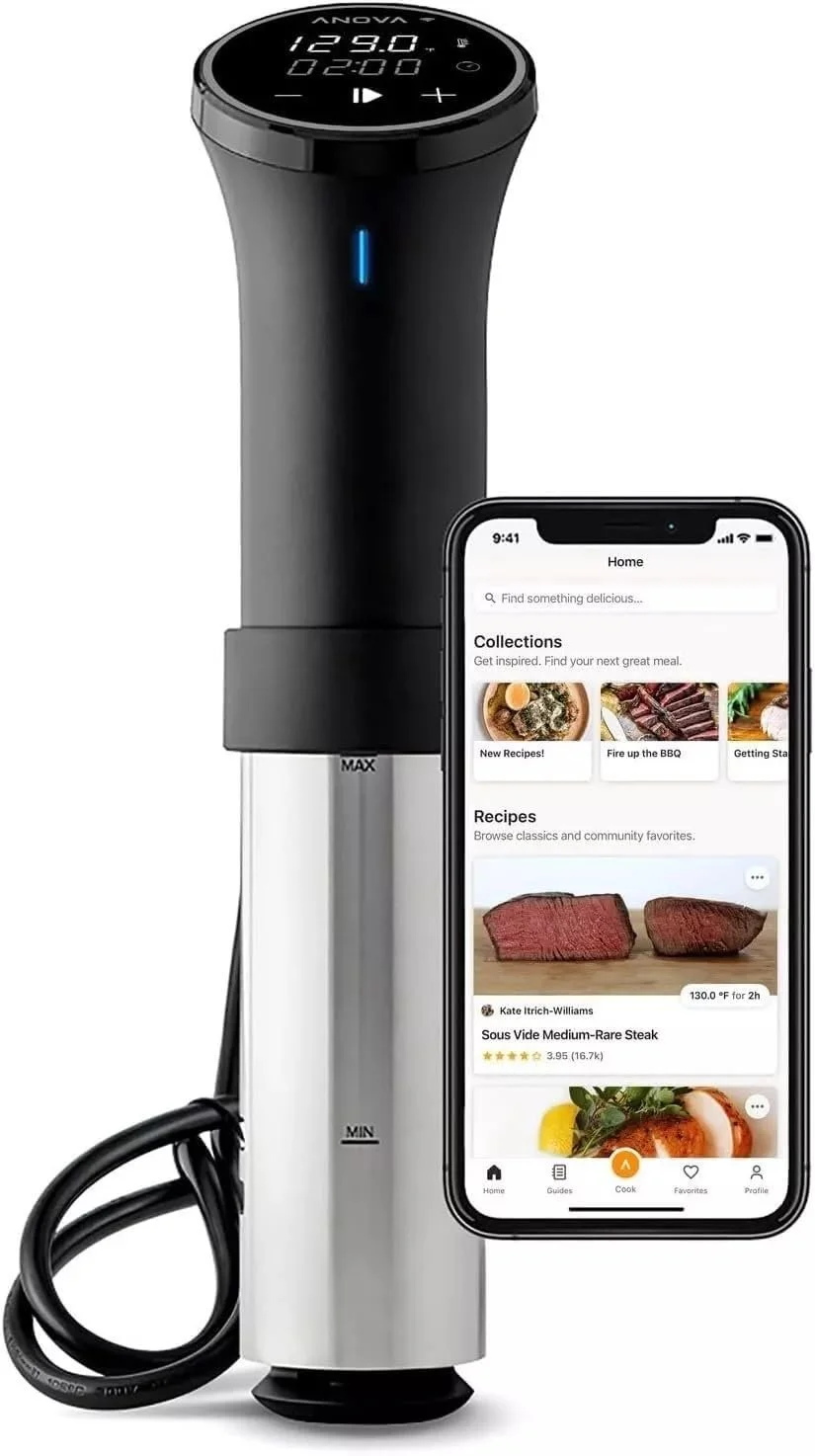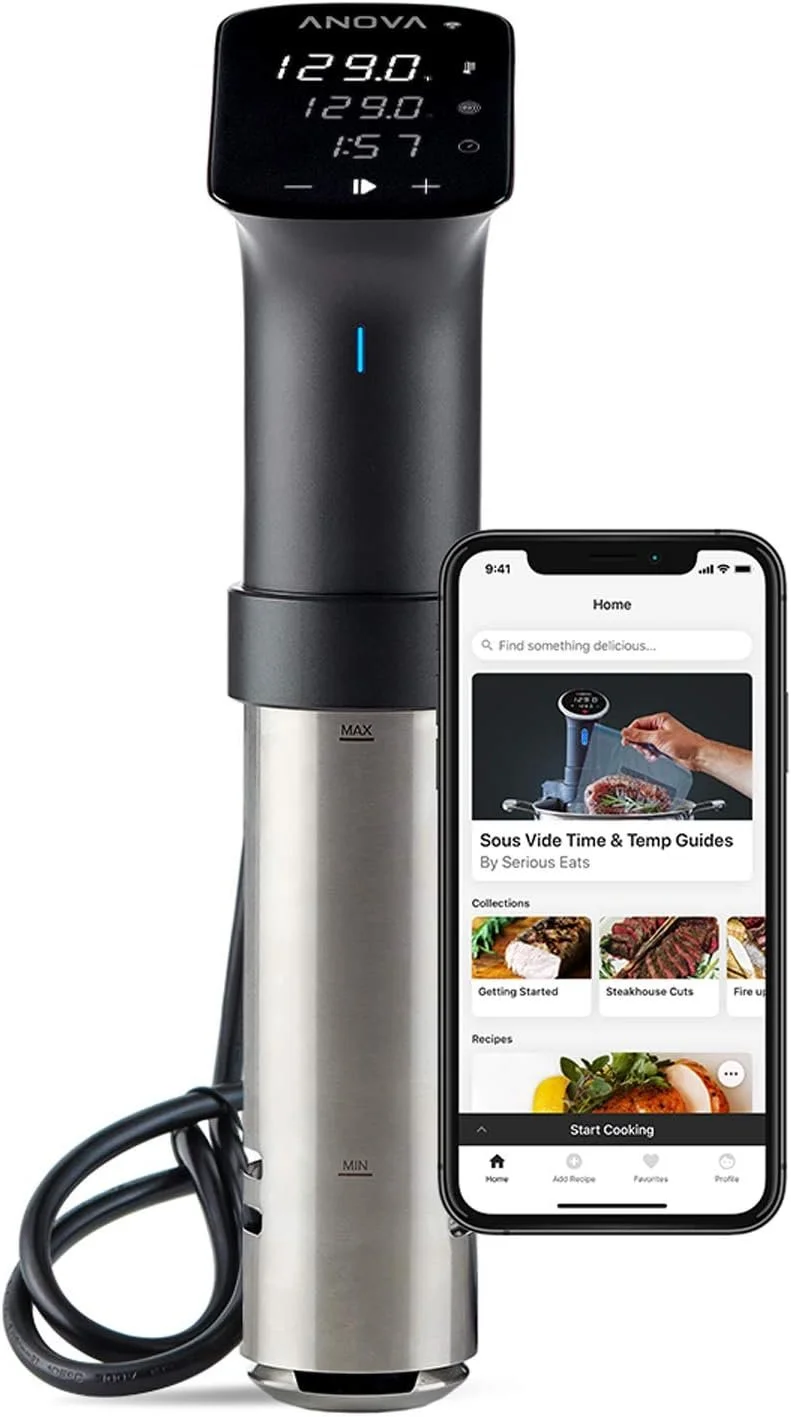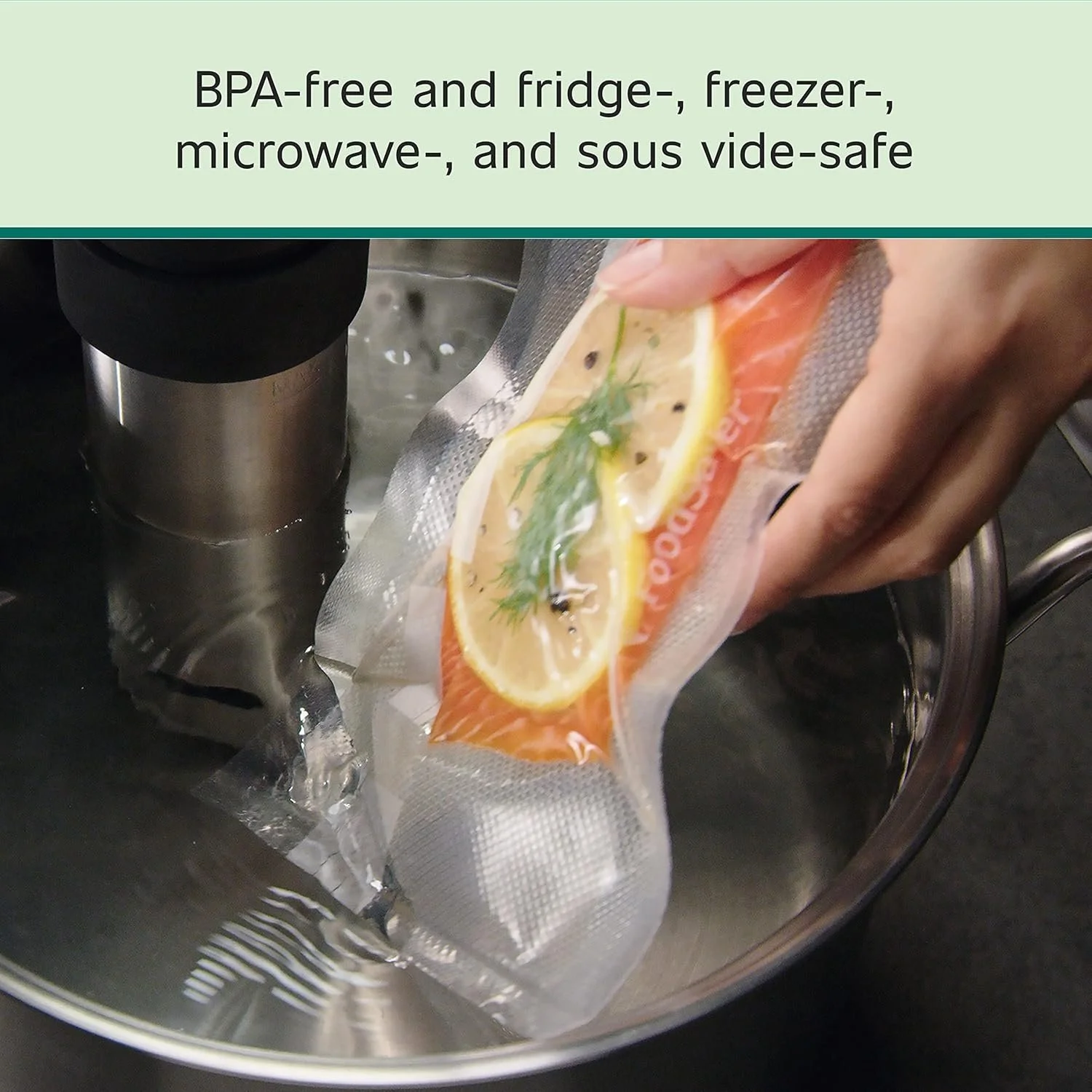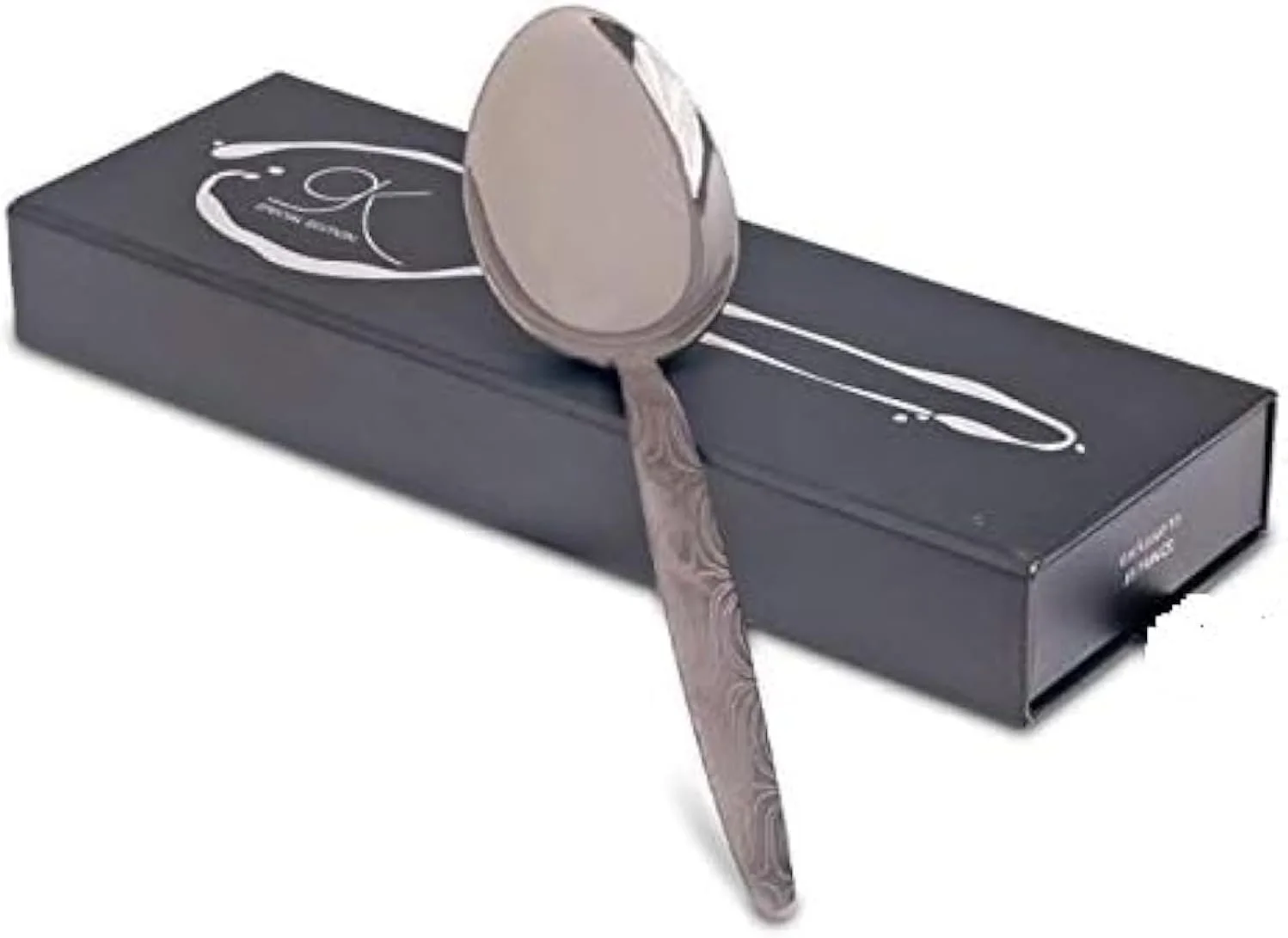King of cuts - Cote de Boeuf
Cote de Boeuf, Ribeye or Cowboy steaks come from the rib primal, the top end of the rib section shown below. Prized for high marbling, rich flavour and tenderness, these steaks are a particular favourite in my household.
We typically find ourselves planning a cheeky Steak on a Saturday or Sunday evening with no plans. Often gravitating to Victor Churchill to select something special, such as the below pictured spectacular 240 day dry aged Black Onyx Wagyu bone-in Ribeye BMS5+, about 1.2kg.
If you live in or around Sydney, Australia or are planning on visiting it's worth taking the time to stop into Victor Churchill. A butcher without equal, it's been running for over 144 years and carries the best ingredients available anywhere.
“The most beautiful butcher shop in the world.”
Preparing Cote de Boeuf there are a few options but I've found the most rewarding to be Sous Vide, followed closely by reverse searing. For best results it's important to target medium rare as this cut is so tender already for melt in your mouth juicy steak.
Some people have a bit of a thing about 'bloody' steaks which is a bit of a misnomer, the 'blood' you see above isn't actually blood it's a combination of water and myoglobin which is a protein that transports oxygen through muscles. It is completely safe to eat, isn't blood and doesn't taste like blood.
Over the years I've tried all sorts of equipment and have landed on the following being the perfect setup leading to the ultimate steak at home.
Pan for finishing
Pans need to be ripping hot and evenly hold heat to get the best crust on steaks, historically I've used a cast iron pan. If you've got the budget I would upgrade to carbon steel, it's lighter but has all the same qualities. I use this Made In Cookware pan which is excellent.
Sous Vide
French for “under vacuum”, I almost only now cook steaks sous vide. I've had a few different circulators but Anova has been the best - simple and easy to use and it's Wi-Fi connected making control and monitoring a breeze.
However if you're really serious and are looking to do some really long cooks and or will be a heavier user I would go straight for the pro version. I recently upgraded to this and it's an absolute workhorse.
Sous Vide container
Includes a nice rack to keep your steaks in You can put your Sous Vide circulator in any container really, but you ideally want something covered to ensure evaporation is limited and something that is food safe. I use two sizes, a small and large. You can snag the small in a combo with the circulator.
Vacuum Sealer
For Sous Vide you also need a vacuum sealer for best results. I've had the below model since I started and it has been an absolute workhorse.
Vacuum bags
There are loads of bags out there but I've found quality is a bit of an issue with some brands. I keep coming back to only using FoodSaver rolls. The quality is high and I've never experienced any failures.
Slightly more expensive than the generic bags but worth the investment. I’ve had a few generic bags rip mid way through a cook. It’s worth the extra dollars for the peace of mind.
Spoons for basting
There's really only one spoon for basting and that's Gray Kunz sauce spoon. Made famous by Chef Gray Kunz who ran restaurant Lespinasse in New York. He created the spoon and exclusively gave them to chefs who worked in his kitchen.

King of cuts - Bone in Ribeye
Cote de Boeuf, Ribeye or Cowboy steaks come from the rib primal, the top end of the rib section shown below. Prized for high marbling, rich flavour and tenderness, these steaks are a particular favourite in my household.
Ingredients
Instructions
- Turn circulator on in a large water bath at 57 degrees / 133.5 Farenheit.
- Trim off any excess fat and French the bone if you're looking for a clean finish.
- Now it's time to season, I use about 2tsp of salt per kilogram. Although I never measure this, the key is to liberally coat the exterior of the steak with salt and pat down.
- Return the steak uncovered to the fridge overnight.
- Add the beef to a Sous Vide bag with two sprigs of Thyme and three cloves of whole peeled Garlic.
- Seal the bag with your vacuum sealer, make sure this is air tight and all air has been removed. I like to double bag on expensive cuts just in case.
- Once the water bath is up to temp place your bagged beef in the water bath, you may need to weigh this down with something.
- Cook for 2.5 hours or vary based on size of meat - see notes.
- Once the beef is finished you can remove it from the water bath and pat down with paper towel removing as much liquid as possible.
- Get your pan over as high a heat as possible and wait till at temp.
- Add a tablespoon of oil and cover the pan.
- Place the ribeye in the pan fat side down, laying the meat away from you to make sure you don't splash oil on yourself. Press down on the meat.
- After the fat has started to crisp and render you can place the ribeye on it's side, pressing down to get a good sear. I like to add a weight on top to really ensure you get good contact.
- After about 30 seconds turn the ribeye over to crust up the other side.
- (Optional) if you want an even deeper sear you can add a knob of butter and turn the heat down slightly. This will help further caramelise the outside of the steak. Continue turning and basting the steak until the desired crust is formed.
- Remove from the pan and then immediately serve, I like to de-bone and slice into slices.
Notes
- You can tweak the time based on how large your steak is, for steaks larger than a kilogram I typically aim for 2.5 to 3 hours.
- The best pan for finishing is cast iron or carbon steel, you want a pan that can get absolutely ripping hot.
- Be sure to use high smoke point oil like Avocado or grapeseed, don't use virgin olive oil it will just burn and add an acrid taste to your steak.
- Be sure to cut off any pellicle if you're using a dry aged rib eye as this can contain mould and add unpleasant flavours particularly when cooking Sous Vide.


